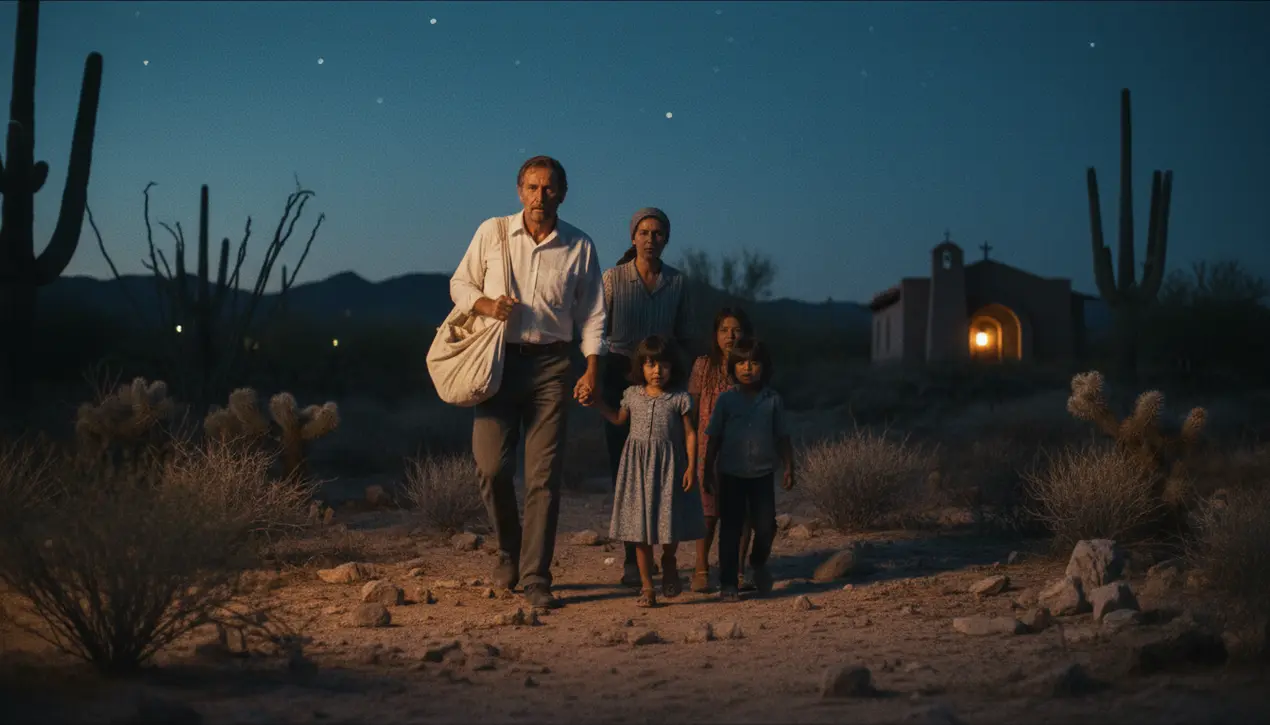
Politicshuman rightsRefugees and Migration
A Theology of Smuggling: The 1980s Sanctuary Movement.
AN
Anna Wright
13 hours ago7 min read2 comments
In the crucible of the early 1980s, a profound and defiant act of conscience unfolded in the sun-baked streets of Tucson, Arizona, where a coalition of activists and religious leaders forged what would become known as the Sanctuary Movement. This was not merely a political campaign; it was a radical, faith-based insurgency against the cold calculus of U.S. immigration policy, a deliberate and dangerous choice to shelter Central American refugees fleeing U.S. -backed civil wars in Guatemala and El Salvador.The movement’s architects, figures like the Reverend John Fife of Tucson’s Southside Presbyterian Church and Jim Corbett, a Quaker rancher, operated from a deeply held theological conviction, viewing the act of providing sanctuary—of literally smuggling human beings to safety—as a modern-day expression of the biblical imperative to welcome the stranger and protect the oppressed. Their collaboration was a meticulous, underground railroad that challenged the very definition of legality, arguing that the U.S. government, by routinely denying asylum to those escaping massacres and death squads, was itself in violation of both international law and fundamental morality.This created a stark, personal conflict for those involved, pitting their allegiance to a higher moral authority against their duty as citizens, a tension that echoes through history in the actions of those who hid Jews during the Holocaust or assisted fugitive slaves on the Underground Railroad. The movement’s impact was seismic, galvanizing a national network of churches and synagogues, forcing a public debate about the human cost of foreign policy, and culminating in the 1985 landmark federal trial of movement leaders, which, despite resulting in convictions, served as a powerful public platform that exposed the grim realities of the refugee crisis.The personal toll on these individuals—the FBI surveillance, the constant threat of arrest, the emotional weight of their clandestine work—was immense, yet it was driven by the powerful, empathetic force of witnessing human suffering firsthand. The legacy of the Sanctuary Movement is not confined to the 1980s; it is a living testament, a direct antecedent to the ongoing struggles at the U.S. -Mexico border today, where faith groups and activists continue to provide aid and challenge policies, proving that the moral imperative to offer refuge remains a potent and contentious force in the American political and social landscape.
#Sanctuary Movement
#US-Mexico border
#activism
#religious leaders
#refugees
#1980s
#Tucson
#lead focus news
Stay Informed. Act Smarter.
Get weekly highlights, major headlines, and expert insights — then put your knowledge to work in our live prediction markets.
Related News
Comments
Loading comments...
© 2025 Outpoll Service LTD. All rights reserved.